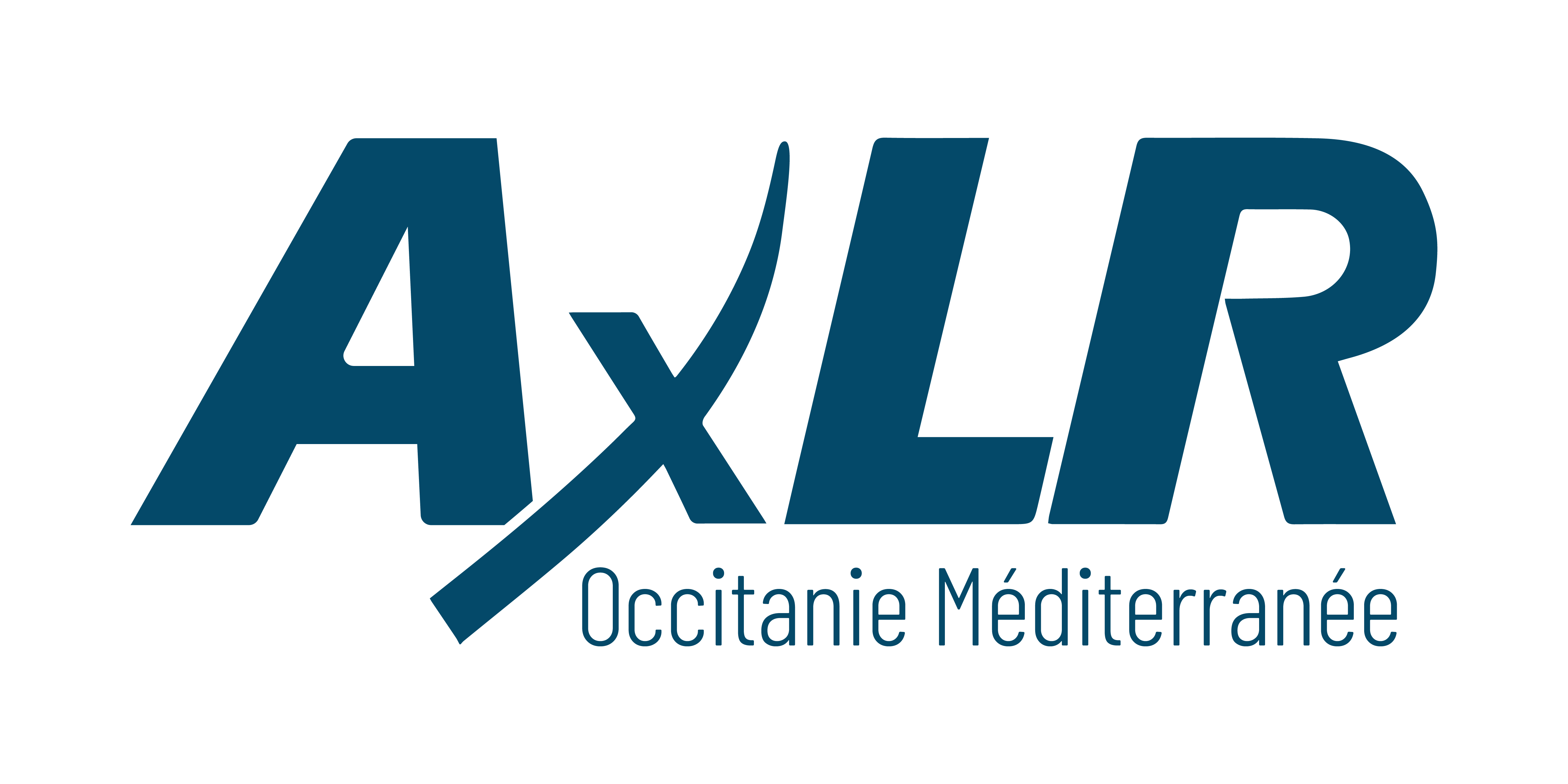StabCFTR
New CFTR chanel modulators for the treatment of cystic fibrosis
Available technology
Desired partnership(s)
- Licensing
IP
- Patents
Establishment(s)
- University of Montpellier
- National Center for Scientific Research
- National Institute of Health and Medical Research
Laboratory(ies)
- Physiology and Experimental Medicine of Heart and Muscles (PhyMedExp – UMR 1046)
Keywords
- CFTR channel modulators
- Cystic fibrosis
- Rare disease
Context
Cystic fibrosis is the most common lethal genetic disease among populations of Caucasian origin. It is caused by mutations in the CFTR gene coding for an ion channel involved in the transport of chloride ions. These mutations cause a partial or total loss of the CFTR channel functionality resulting in a thickening of mucus and its accumulation in the respiratory and digestive tracts. Despite the considerable evolution of treatments for cystic fibrosis in recent years with the arrival on the market of CFTR channel modulators, there is a need to develop new therapeutic strategies directly targeting the underlying cause of cystic fibrosis.
Benefits
The technology developed is based on new CFTR channel modulators with "oligonucleotide stabilizers" and "peptide stabilizers" with novel mechanisms of action by acting on molecular pathways that are not targeted by CFTR channel modulators currently on the market. These stabilizers partially restore the ex vitro activity of the CFTR channel on epitheliums of patients with cystic fibrosis and have an additive effect when used in combination (oligonucleotide stabilizer + peptide stabilizer) and in combination with CFTR channel modulators currently on the market.
Applications
The development of these stabilizers makes it possible to envisage new therapeutic strategies in the form of dual therapy with a combination of the two types of stabilizers as well as in the form of multi therapies by combining these stabilizers with molecules already on the market to improve the management of patients with cystic fibrosis.
